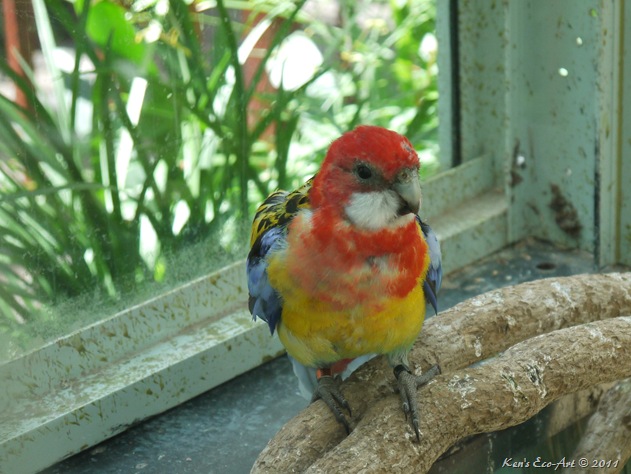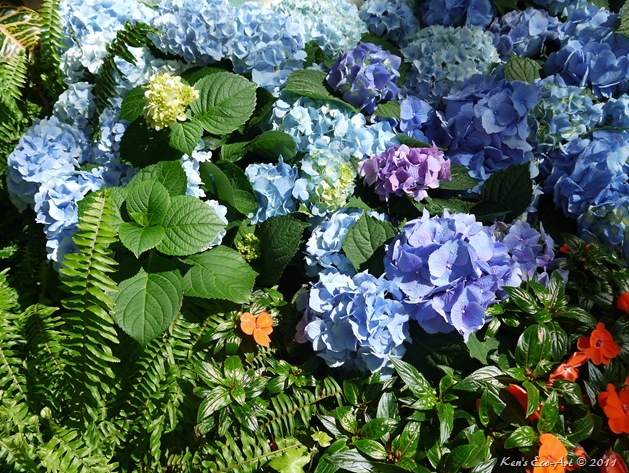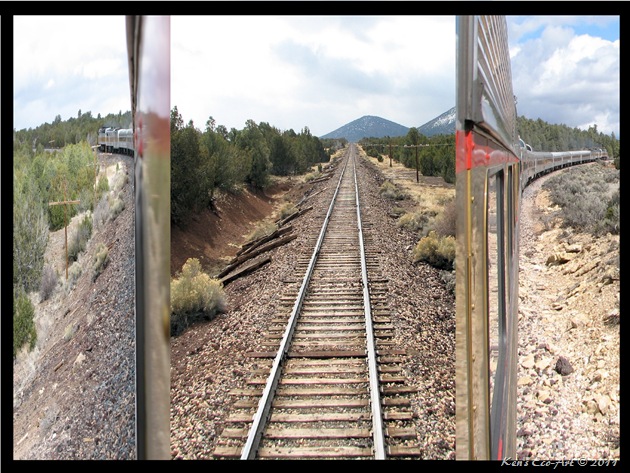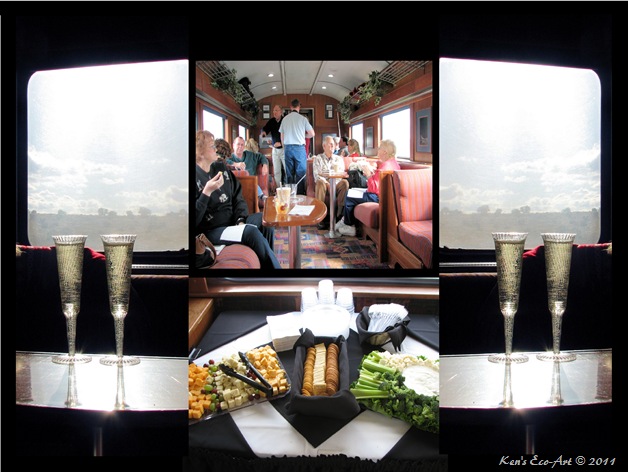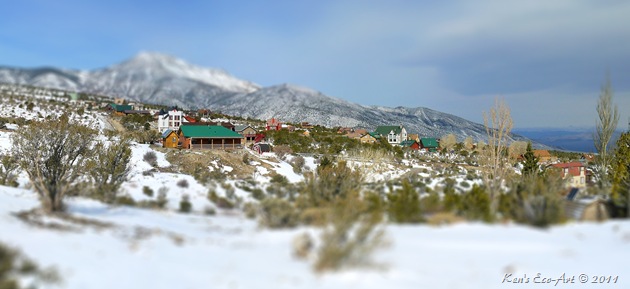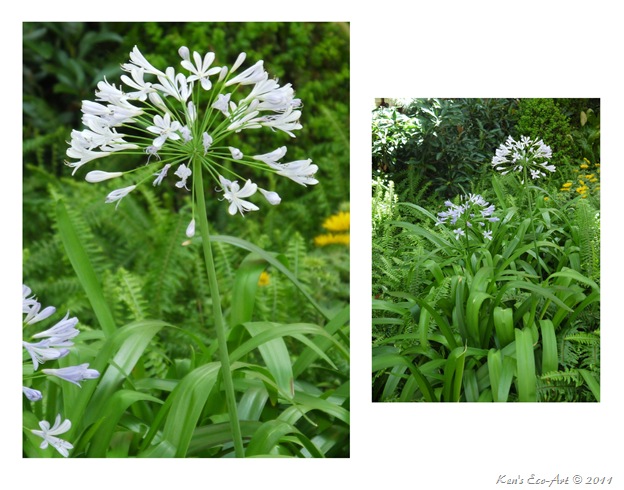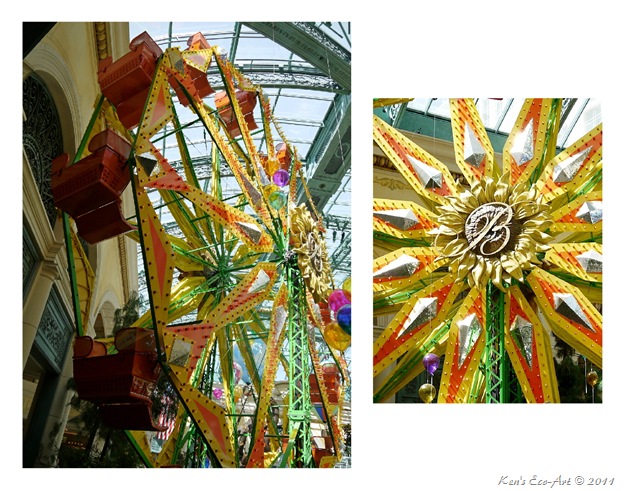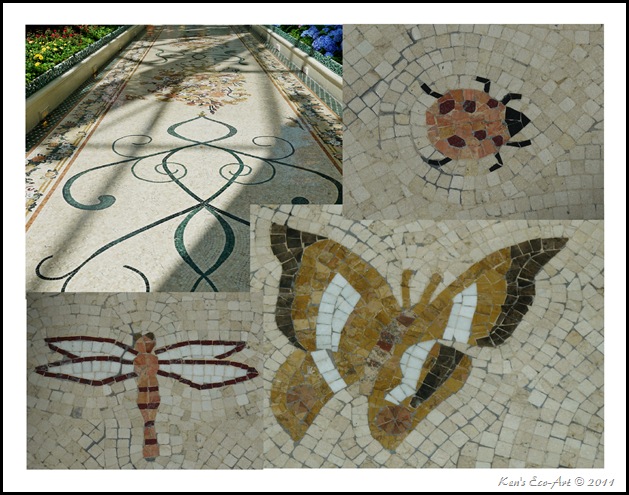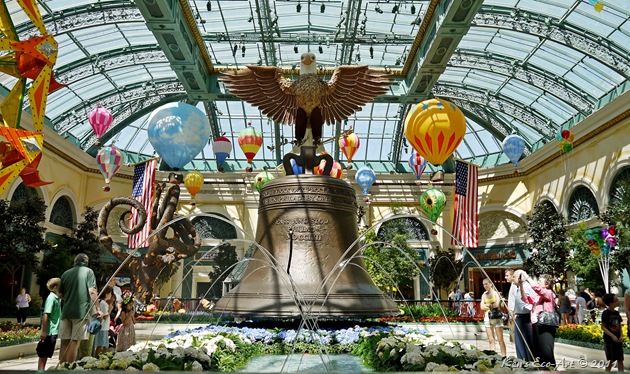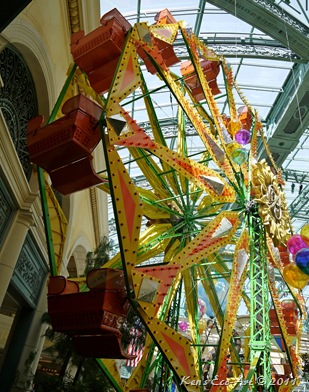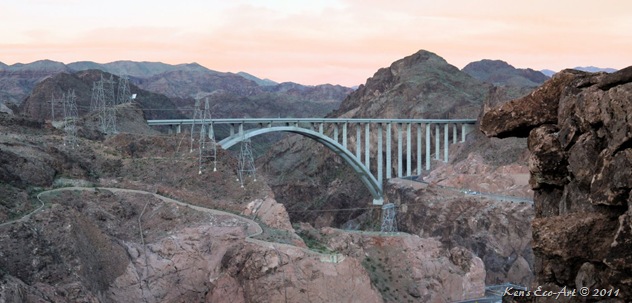| ||
| On 08/08/2011 Connie and I stopped in at the Bellagio Conservatory and Botanical Gardens to take in their summer exhibit entitled, “2011 Summer Garden”. Between the fountains, the glass flower art on the ceiling in the lobby, and the gardens, you've got yourself nearly an hour of breathtaking beauty. This year the aviary at the back of the exhibit was filled with more than two dozen parrots, Eastern Rosellas like the one above on one side and the Rainbow Lorikeets on the other. | ||
| Description: The Eastern Rosella (Genus: Platycercus; Species: eximius), is also known as: Rosella, Rosella Parrot or Parakeet, Red Rosella, Common Rosella, White-cheeked Rosella, Red-headed Rosella, and the Golden-mantled Rosella or Parakeet. The average adult is 11.7 inches long and weighs between 3-1/2 to 4-1/2 ounces. The has a red head and breast; white cheeks; yellow lower breast; pale green abdomen; red under tail coverts; black back with green spotting; blue outer wing coverts; pale green rump and a white bill. Colorization of the female is similar, but the head and breast paler in color; under wing stripe is pale colored with green/yellow spotting on back. They have a sharp call when in flight; a three syllable whistle on an ascending scale while perched, and at times metallic and piping notes when at rest. They have a shrill screech when startled and a soft chattering or babbling while feeding. The love to eat seeds and fruit and usually hold food in their feet when eating. | ||
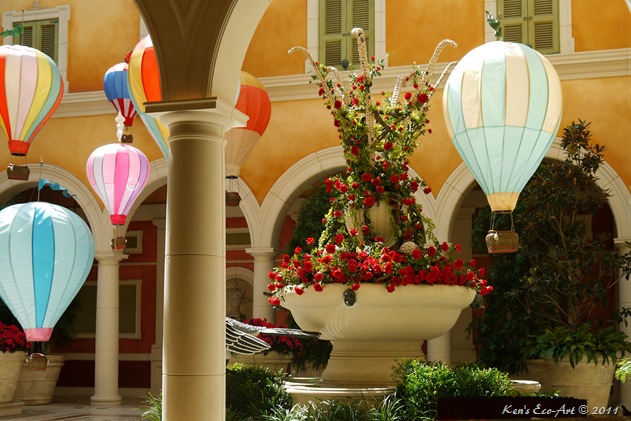 | ||
| In addition to the ‘dancing’ fountains, huge liberty bell topped with a giant American Eagle and a sky filled with a wide variety of colorful hot air balloons and the bird aviary, one cannot escape the many beautiful flowers, both within the exhibit itself (below) and behind the registration desk (above). |
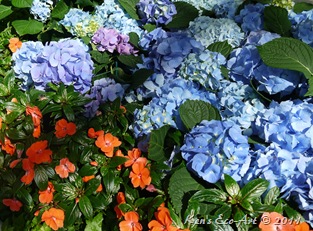 | 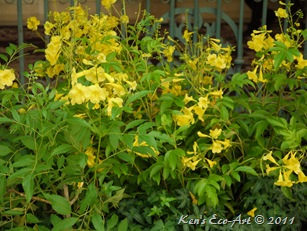 |
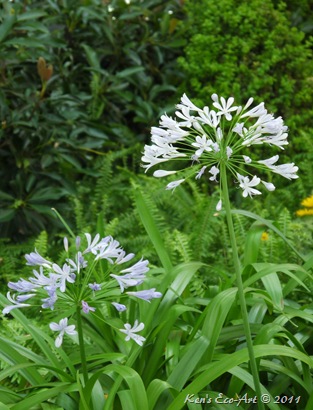 | 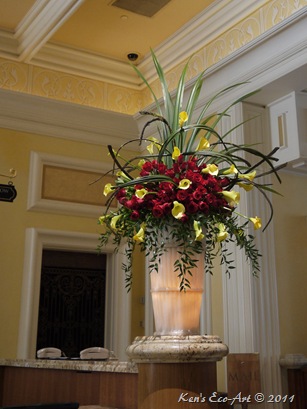 |

